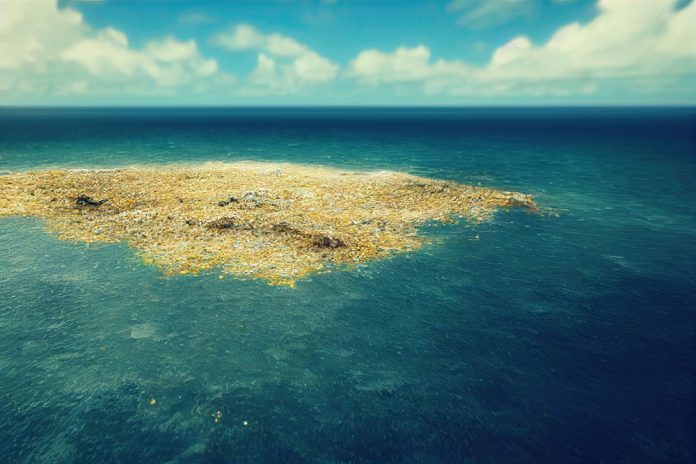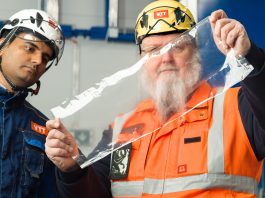A study has revealed a disturbing acceleration in plastic pollution within the North Pacific Garbage Patch.
Researchers have found that small plastic fragments, particularly those under five centimetres in size, are accumulating at an unprecedented rate, far outpacing the growth of larger debris.
This phenomenon is creating serious risks for the marine ecosystem and may have far-reaching consequences for the global carbon cycle.
Laurent Lebreton, lead author of the paper, explained: “The exponential rise in plastic fragments observed in our field studies is a direct consequence of decades of inadequate plastic waste management, leading to the relentless accumulation of plastics in the marine environment.
“This pollution is inflicting harm on marine life, with impacts we are only now beginning to fully grasp.
“Our findings should serve as an urgent call to action for lawmakers engaged in negotiating a global treaty to end plastic pollution. Now, more than ever, decisive and unified global intervention is essential.”
Rapid plastic fragment accumulation
The research, conducted using data from The Ocean Cleanup’s systematic surveys between 2015 and 2022, highlights an alarming surge in the mass concentration of plastic fragments in the North Pacific Garbage Patch.
These plastics are largely believed to originate from decades-old waste that has gradually fragmented and drifted into the patch rather than breaking down from debris already present in the area.
This new wave of pollution underscores the global nature of the issue, with an estimated 74% to 96% of these plastics traced to foreign sources.
The study analysed extensive data collected from 917 manta trawl samples, 162 mega trawl samples, 74 aerial surveys, and 40 cleanup system extractions across 50 expeditions.
In just seven years, the average mass of plastic fragments in the North Pacific Garbage Patch increased from 2.9 kilograms per square kilometre to 14.2 kilograms per square kilometre.
Small debris hotspots, where concentrations are particularly dense, rose from one million pieces per square kilometre in 2015 to over ten million per square kilometre by 2022.
Across all size categories, the average number of plastic items per square kilometre grew significantly.
Microplastics, ranging in size from 0.5 millimetres to 5 millimetres, increased from 960,000 items to 1,500,000.
Mesoplastics, measuring between 5 millimetres and 50 millimetres, rose from 34,000 to 235,000, while larger macroplastics increased from 800 to 1,800 pieces per square kilometre.
Environmental and ecological consequences
The volume of plastics in the North Pacific Garbage Patch now surpasses that of living organisms, fundamentally altering the region’s ecosystem.
Endemic marine species face mounting competition from invasive organisms that colonise floating plastic debris.
Moreover, the growing prevalence of microplastics interferes with zooplankton grazing, a key process in the global carbon cycle. These disruptions have the potential to ripple through both marine food webs and atmospheric carbon regulation.
The need for immediate action
While many countries focus on reducing upstream plastic pollution, the study emphasises that cleaning up existing plastic is equally critical.
Without intervention, the exponential increase in smaller plastic fragments will continue, intensifying ecological harm and complicating future cleanup efforts.
The findings serve as a wake-up call to prioritise the interception and removal of plastic waste from the world’s oceans. Protecting marine ecosystems and mitigating the environmental crisis requires urgent, coordinated action on a global scale.








